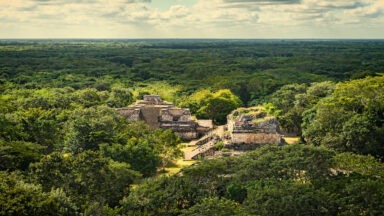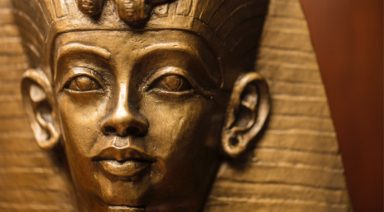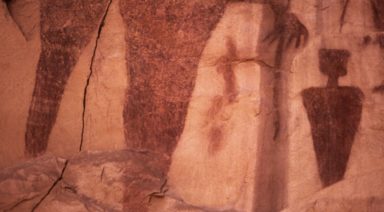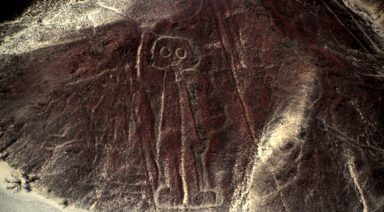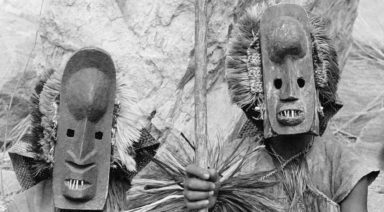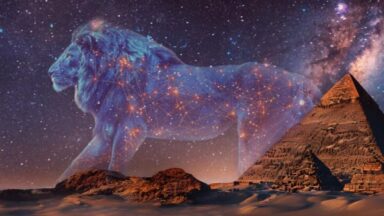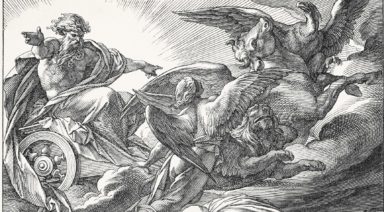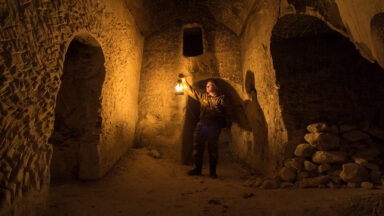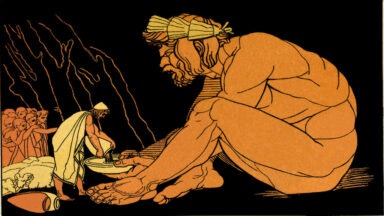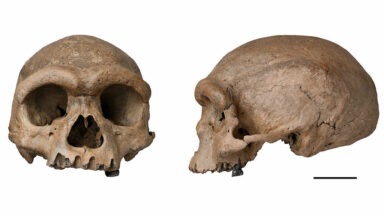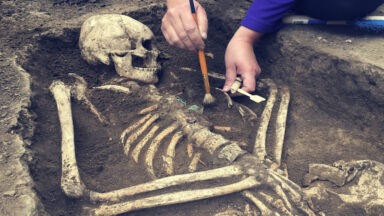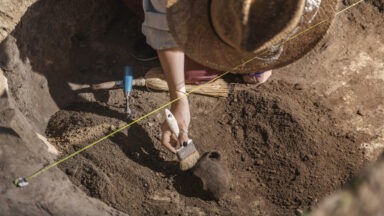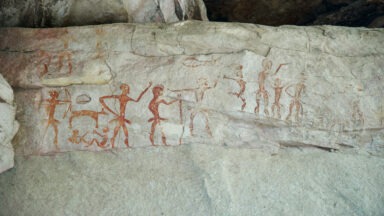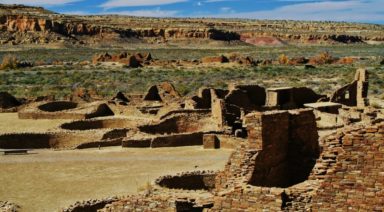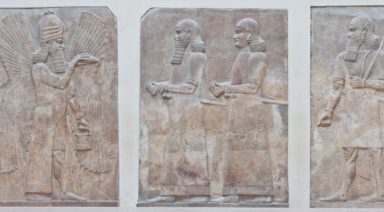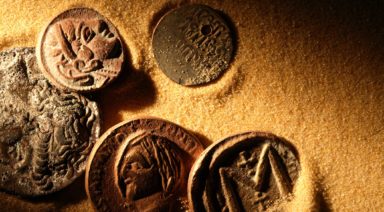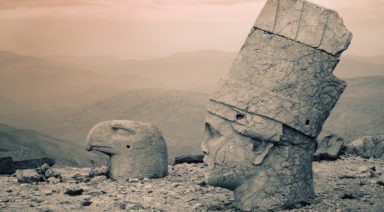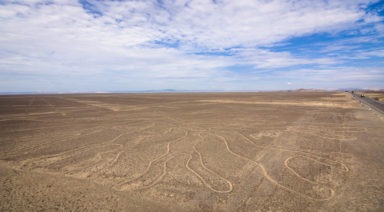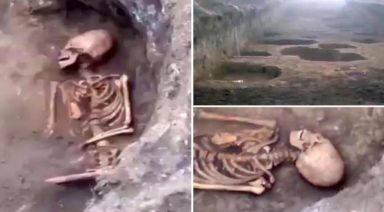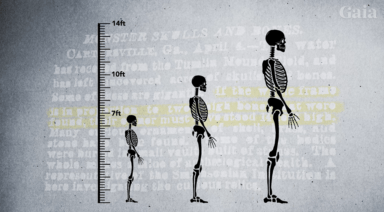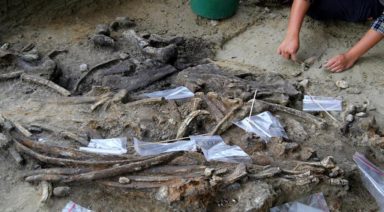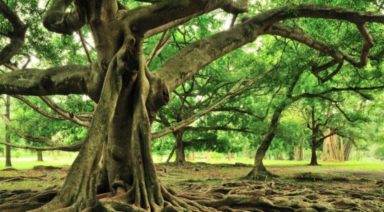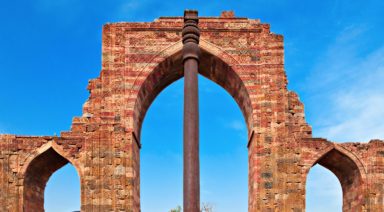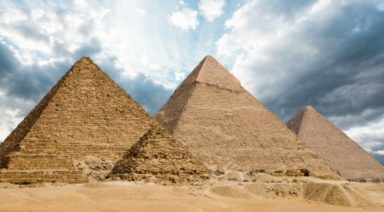Uncovering the Ancient City of Eridu
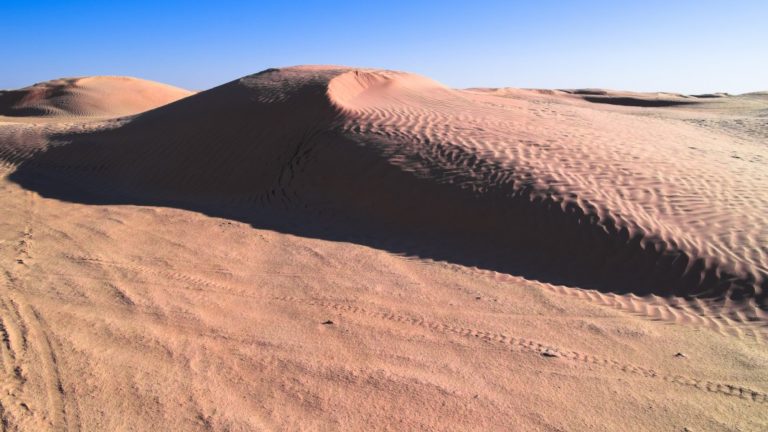
Depending on how much of an ancient history buff you are, there’s a good chance you’ve heard of Eridu.
This ancient city, said to be one of the oldest in the world, is located in what is today Iraq and better known as Abu Shahrein.
Today, few remnants remain of Eridu. You may wonder how such a seemingly random place was once anything of great importance. By examining Sumerian mythology, architecture, Genesis, and texts, we find a rich and intriguing picture of what it once was.
While many ancient Mesopotamian cities have unique aspects, Eridu’s purported definition of “guidance place” makes it particularly noteworthy.
However, given the large structures found therein, as well as its perceived importance among other ancient cities of the time, the definition of “mighty place” might be the most appropriate for the ancient city of Eridu.
Ancient Sumerian City
According to Sumerian mythology, Eridu is said to have been one of the oldest cities in Mesopotamia. It was believed this ancient location was created by the god Enki, also known as Ea, or the god of wisdom.
In Sumerian mythology, Eridu is allegedly one of the five cities built in this region before the Deluge, or Great Flood, occurred and is still argued by many to be one of the oldest cities in the world.
Eridu is also listed as the city of the first kings in the Sumerian King List.
Temples of Eridu
Excavations of the Eridu site in the last couple of centuries offered more insight into additional layers of the city, perhaps most prominently its architectural structures.
For example, during excavations of Eridu on Mound 1, 18 successive levels of mud-brick temple architecture were uncovered. Eridu’s claim to fame when it comes to architecture is most likely its temples, also known as ziggurats.
These grand structures had the form of a terrace-step pyramid, with successively receding levels. Each ziggurat was part of a larger temple complex, which included other buildings. Inside, they often consisted of a small room and offering table.
This temple of Enki in Eridu also contained a holy tree in a holy grove, which was the central point for the king to perform various rites, as he was known as a “master gardener.”
Because Eridu’s ziggurat ruins are older and larger than any others, some believe these ziggurats are those mentioned in the Bible when referencing the Tower of Babel. The Tower of Babel was said to have been created not for the worship and praise of a God, but to glorify the builders of the temple itself.
Eridu Genesis
Beyond the architecture of Eridu, much of what is known about its beginnings come from the Eridu Genesis, a Sumerian text written on a cuneiform tablet. Unfortunately, two-thirds of the content in these tablets has been lost. However, much of these parts can be reconstructed by using other texts.
The Eridu Genesis texts cover many topics, most notably the creation of man, first cities, building of the ark, the Great Flood, etc. Many such items directly correspond with similar accounts referenced in other texts of the time, such as the Bible.
For example, within the Eridu Genesis, it states the gods created mankind to farm, herd, and worship them. According to its account, Ziusudra from Eridu was instructed by Enki to build a boat to survive the Deluge or Great Flood.
This account largely mirrors that of the Bible, which credits Noah with the creation of the ark for similar purposes.
Incantation of Eridu
Other texts linked to Eridu connect it more closely to Sumerian magic and myths.
These writings, in particular, the Incantation of Eridu, were believed to compel the gods in the name of Marduk, a significant deity of Mesopotamian religion, which began a larger system of magical hierarchies. This incantation has been credited with the source of power for Mardukite magic.
Some of what is known about such magic has been gained from these ‘spiritual’ or ‘magical’ cuneiform texts. According to studies of Mesopotamian magic, priests learned prayers such as the Incantation of Eridu to compel the gods in the name of Marduk.
Through such structures used by those practicing Mesopotamian magic, it is said magical hierarchies were created.
Certain such powers were said to have been sealed in Eridu, such as petitions to assume god-form, wherein the individual would continue a ceremony or proceeding, acting as a divine representation of the God ‘invoked.’ This practice has similarities with other religious practices, such as in a Catholic priest taking on a Christ form in imitating and reenacting the Last Supper.
Eridu: City of Mythology and Magic
Many ancient Mesopotamian cities have intriguing aspects about them, and Eridu is certainly no exception. Thanks to its ties to Sumerian mythology and magic, Eridu is a fascinating city to explore through further research. Although the Eridu of today is largely sand dunes, remnants of what the complex city might have been in the past suggest it was indeed, a mighty place.
Its old age alone sets it apart from similar Mesopotamian cities. In addition, the Temple of Eridu, Eridu Genesis, and Incantation of Eridu are all remnants of this city’s history that seems to invite more research and interest, as they connect the Sumerian faith with other religions still practiced today.
Want more like this article?
Don’t miss Ancient Civilizations on Gaia to journey through humanity’s suppressed origins and examine the secret code left behind by our ancestors.
Laser Scanning Reveals Mayan Complex Hidden for Centuries

Laser mapping reveals nearly 500 ancient ceremonial sites hiding just under the landscape of modern-day Mexico and leads scientists to revise their understandings of the origins of the Maya Civilization.
Eastern Mexico is home to the ancient Maya, renowned for their striking pyramids, written language, and complex calendar system. It is there that scientists first discovered Aquada Fénix, the largest and oldest-known Mayan construction.
Professor Takeshi Inomata is an archeologist at the University of Arizona who led the study. “We did LiDAR, which is an airborne laser marking technique. Using this technique we found Aguada Fénix, which is the oldest monumental construction in the Maya area,” Inomata said. “It has a huge artificial plateau which has a perfect, rectangular shape measuring 1.4 km long and 400m wide, which represents the largest construction in the entire Maya history. It dates to probably 1,100 – 700 BC, which makes it the oldest monumental construction in the Maya area. So the interesting part is that the largest building happened at the very beginning or oldest stage of Maya civilization.”
Having made this extraordinary find, the team recently expanded their search to a broader area using the same cutting-edge LiDAR technology. They were specifically hoping to find sites built by the Olmec people, an older civilization thought to have influenced the development of the Maya. What LiDAR revealed was groundbreaking.
“We found nearly 500 ceremonial complexes, which look like Aguada Fénix, although they are not as big. This distribution shows they shared similar concepts of space, ritual, and probably worldview. It tells us the people in the Olmec area and the Maya area really exchanged ideas and that kind of interaction was very important for the initial development of Mesoamerican civilizations,” Inomata said.
“This is the earliest evidence for the gathering of a really large number of people. Those people probably did not have too many hierarchical organizations, they most likely did not have kings. They didn’t have much marked social inequalities, so those people gathered and organized themselves, then made these huge constructions. This really makes us think about the development and possibility of human societies, not just about Mesoamerica, but about human societies in general.”


